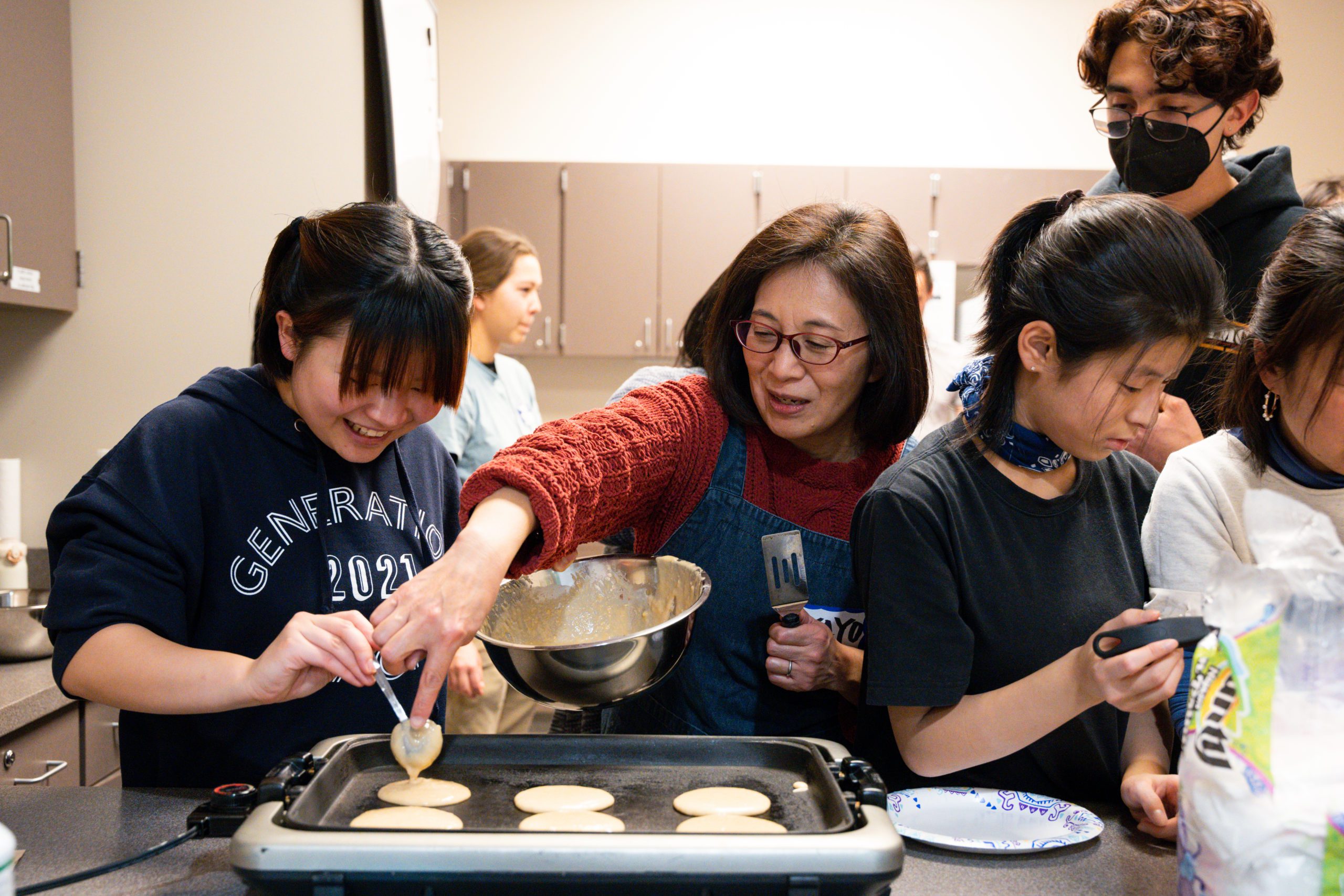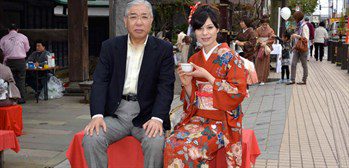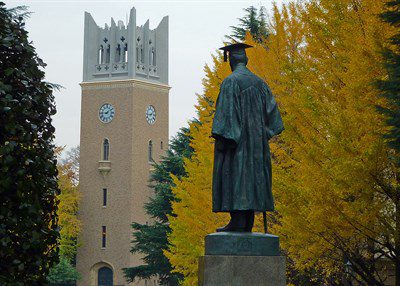Institute for Education on Japan
In order to coordinate its many activities concerning Japan, Earlham created the Institute for Education on Japan (IEJ) in 1986. The Institute is responsible for all Japan-related outreach activities conducted by the College. In addition, IEJ plays a key role in both marketing and fundraising and is charged with primary responsibility for the maintenance of Earlham’s close relationship with Japanese educational and governmental institutions.
Japanese Academic Programs

Japanese studies
Scholarship on Japan and training in Japanese language have a long history at Earlham, and our connections with Japan run deep. For more than 50 years, Earlham has been a leader in undergraduate education focused on Japan.

Japanese language and linguistics
The Japanese language and linguistics program at Earlham has a national reputation for excellence, providing comprehensive individual, interactive and hands-on instruction. This program is conducted in a learner-friendly environment designed to guide you toward your maximum potential.
Japan Study
Off-campus program
For 50 years, undergraduate students in the United States and at Waseda University have become international citizens as they explore Japan and the U.S. in depth, build language skills and experience Japanese and U.S. culture through Japan Study.
Established in 1963, Japan Study is one of the oldest and most comprehensive programs in higher education exchange between the United States and Japan. Based at Earlham College, Japan Study links member colleges of the Great Lakes Colleges Association and the Associated Colleges of the Midwest with Waseda University in Tokyo.

Double Degree Program
Waseda University
Earlham and Waseda have established a double-degree program that will provide unprecedented opportunities for students at both institutions. The partnership with Earlham’s Japan Study Program is the first undergraduate double-degree program Waseda will have with an institution in the United States.
Based on the idea of “Harmonization of Eastern and Western Cultures” espoused by Waseda University founder Okuma Shigenobu, one of the goals of the university is “co-creation of knowledge in the Asia-Pacific region.” This aims to construct greater understanding, new thoughts, and international opportunities through the exchange of people and knowledge rooted in the Asia-Pacific region.

Studies in Cross Cultural Education (SICE)
Earlham’s Studies in Cross Cultural Education (SICE) program provides students a unique opportunity to learn about Japan by participating in a Japanese community. Students become a member of a local school by serving as a foreign language (English) teaching assistant. About six to ten students participate in SICE every year. The program is located in Morioka, Iwate Prefecture, in the Tohoku region of Japan.

Assistant Language Teacher Program (EC-ALT)
Each year, Earlham places three to four graduates in paid two-year English teaching assistant positions with various junior high schools in the Iwate Prefecture. These positions are typically filled by Earlham College graduates. Interested parties should contact the Japan Study office in October prior to the year they wish to work in Japan. All applicants must be proficient in Japanese (equivalency of 300-level Japanese).
Earlham’s ALT (EC-ALT) participants enter a variety of professions upon completion of their two-year contract, including secondary school teaching, law, engineering, translation and interpretation. Many go on to graduate school for advanced degrees.


Have questions?
If you’d like to explore one of the many programs the Institute for Education on Japan offers, reach out to director Dyron Dabney.
Connect with the director